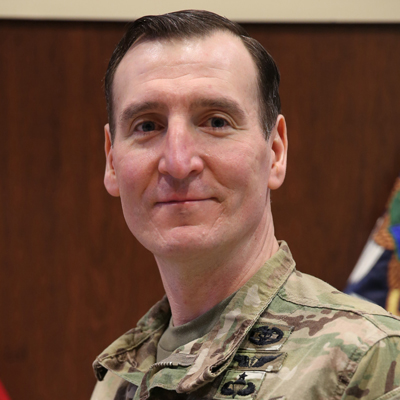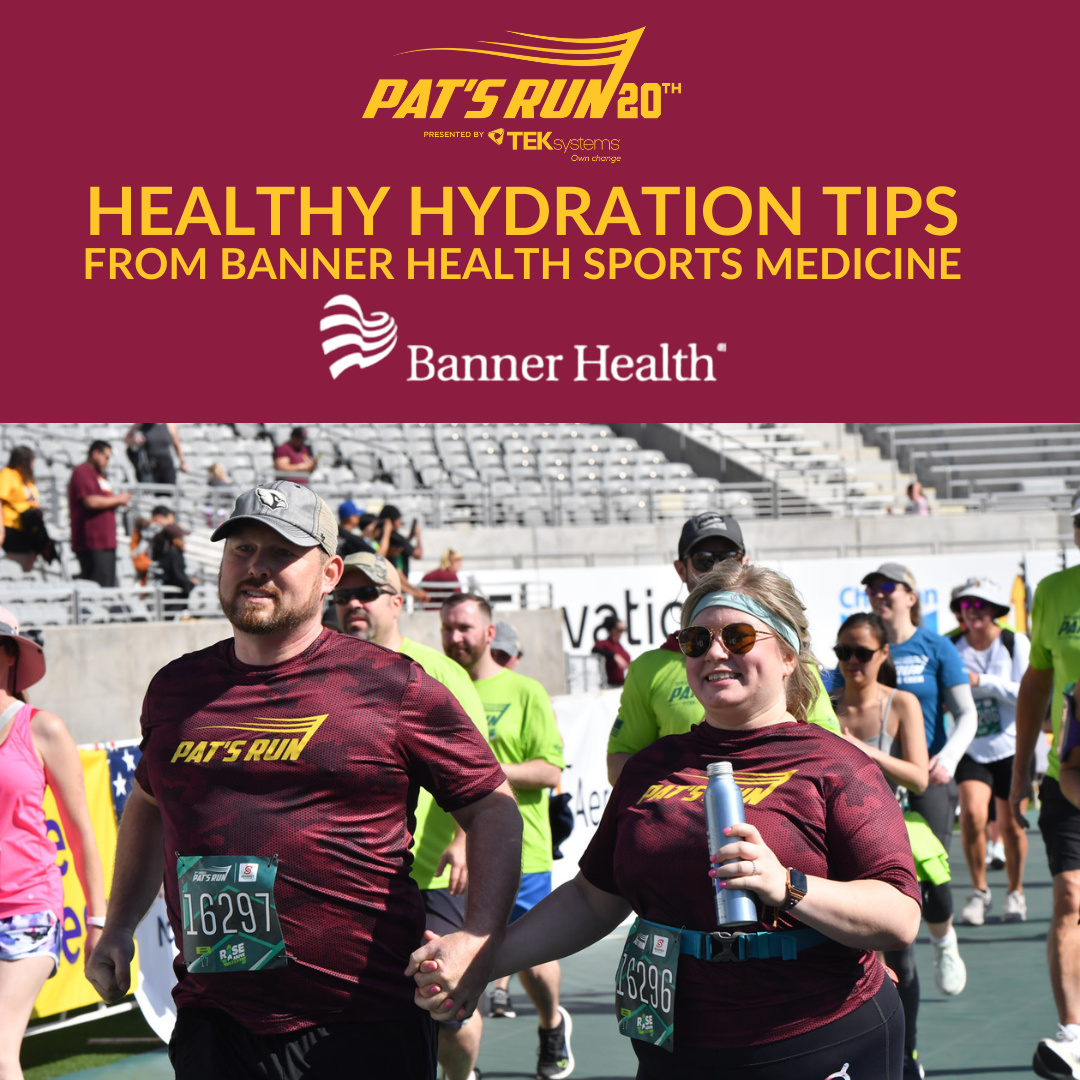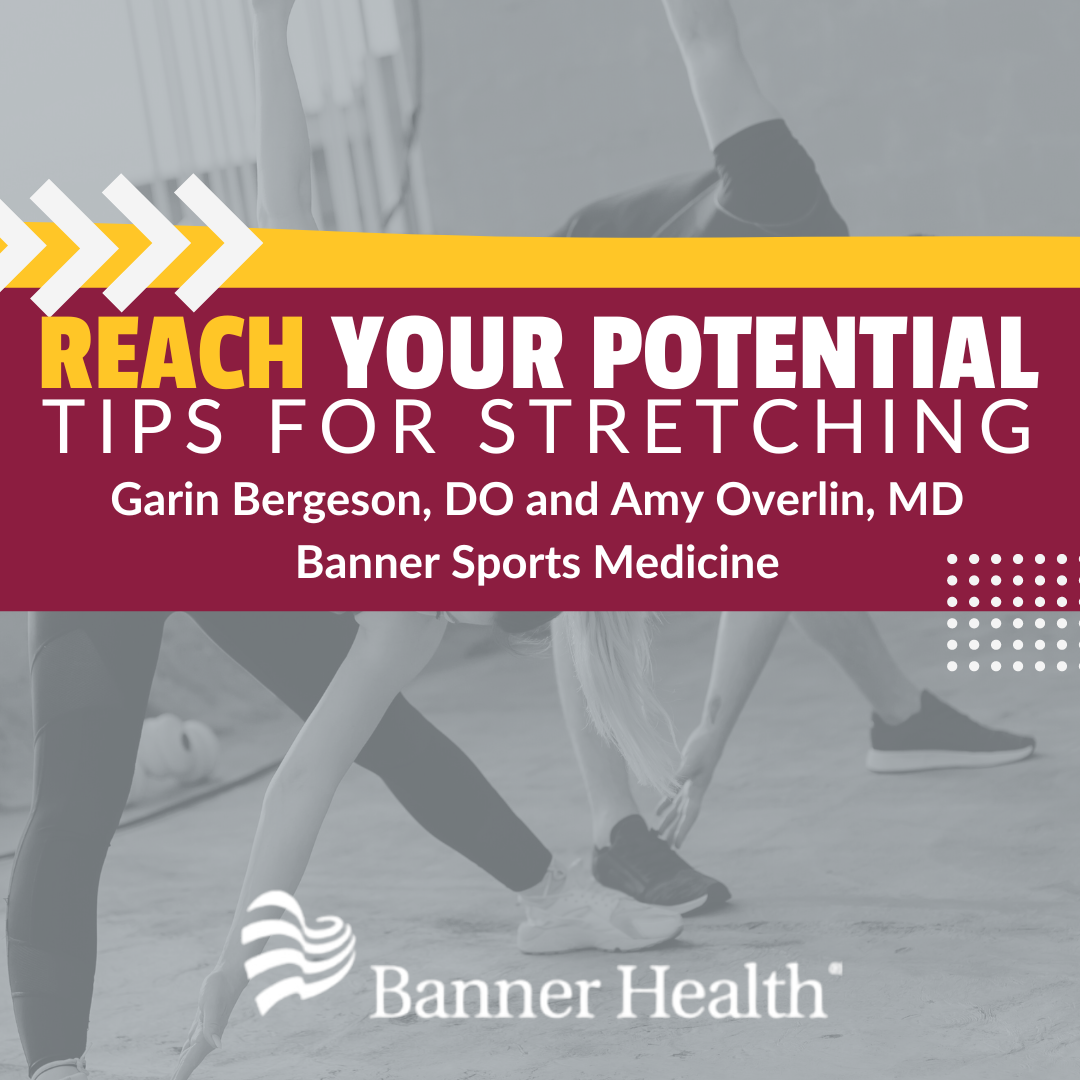Make Your Mark: A Path to Zero Preventable Deaths with Andrew Fisher
“We can stick with a status quo, or we can change our approach to trauma care. […] I’m part of a community of medical professionals really pushing hard for zero preventable deaths, but we can’t do it on our own.”
Our Make Your Mark series, powered by the NFL, showcases the global impact of the Tillman Scholars who are writing the story of a better future. In these videos, they share their works of humble leadership and service across both public and private sectors.
In his talk, Tillman Scholar Andrew Fisher discusses how an increase in bystander intervention is one route to decreasing the high number of preventable deaths that occur across the United States each year.
He stresses how our response to saving the lives of trauma victims could be optimized with hemorrhage control training for all, especially through education on the use of tourniquets, but that it will take the effort of everyone to want to learn and overcome their aversion to injuries involving serious bleeding.
By prompting this conversation, Andrew hopes individuals will see that reaching a result of zero preventable deaths will take more than just those in the medical field pushing for this goal.
Watch the full talk and read the transcript below.
[Applause]
Howdy.
So before going to medical school, like we alluded to there, I did serve in the 75th Ranger Regiment, and I was the physician assistant, or PA, and I deployed — I did a lot of missions — I deployed eight times to combat. But today, I want to share with you one of those deployments, and I want to share something about Zak Graner and how tourniquets saved his life.
On October 1st, 2010, we were in southern Afghanistan in the Helmand Province, and we were using an Afghan house as a defensive position, and throughout the morning we were heavily engaged with the enemy. You know, there’s rockets, mortars, sniper fire, machine gunfire. About 10:00 a.m., a mortar landed right in the middle of the compound, literally right next to our own mortar position, and it wounded Zak along with 12 others. Shrapnel ripped through Zach’s flesh. They tore open several arteries in his legs, and while I was treating even more severely wounded, a medic went over to Zak, picked him up, pulling him to cover. Had to put four tourniquets on his legs — two on each leg to control the bleeding. And even as severely wounded as he was, he was able to make a complete recovery and, incredibly, deployed to Afghanistan the very next year. This is one of hundreds, if not thousands, of stories about how tourniquets have really saved lives in combat. You know, the wars in Iraq and Afghanistan have resulted in an unprecedented survival rate. However, we still have a 24 to 26 percent preventable death rate, and we can define preventable deaths as one in which the injury sustained is not inevitably fatal. So with optimal medical care, they should survive.
There are three big major causes of preventable death: massive bleeding from an extremity, airway obstruction or occlusion, and tension pneumothorax, or where you get a collapsed lung that creates a lot of pressure. In 1996, Captain Frank Butler and colleagues published their article “Tactical Combat Casualty Care and Special Operations.” And Tactical Combat Casualty Care, or T-Triple C, was supposed to eliminate preventable death, but only a few units really implemented it before 9/11. The kind of overarching theme is that they’ll have good tactics with good medicine. There is very heavy emphasis on identifying and treating those three major preventable causes of death, especially early hemorrhage control. In the 75th Ranger Regiment, we taught every single Ranger how to identify and treat those three preventable causes of death, and this enabled us to accomplish something no other unit in the history of combat has able to do and that’s to eliminate preventable death. That means not one single person that died on the battlefield died of anything that was preventable. And really all we did was follow the recommendations from the committee on T-Triple C. For bleeding, they recommended using one of two tourniquets. You’d either use the special operations forces tactical tourniquet, or SOFTT, or we could use the combat application tourniquet, or CAT.
But really, what does that really have to do with what we’re doing here today? I mean that’s a long time ago, it’s Afghanistan, it’s Iraq. You know, we’re sitting here in Chicago. Well, in 2014 there were 147,000 trauma deaths, and that 20% or 30,000 people could have lived. That’s the world we live in. We live in a world where people can call 9-1-1, you know. ‘I’m going to console you on the side of the road if you’re injured,’ but they don’t really know what to do about bleeding. I don’t know, is it a fear of infectious disease? Are people afraid if they see blood, they’re going to catch something? Or just like the militaries, there’s some sort of tourniquet phobia. You know, those of us who have been in this business for a while I’ve heard just about everything, seriously: “You’re going to lose your leg. You’re going to lose your arm. You’re going to die. You could only do it as a last resort.” This is literally just garbage. It is urban myth, and it has cost the lives of thousands of trauma victims. There have been thousands of uses of tourniquets in Iraq and Afghanistan, and the result is zero limbs were lost due to the tourniquet. So tourniquets are used all the time in orthopedic surgeries, and you can use it on there for at least two hours.
Fortunately, stories like Zak’s aren’t limited to the far-off countries. Here, we have made some improvements and advanced. We see this all the time. We see police officers applying tourniquets. They not apply tourniquets to themselves, they apply them to bystanders, they apply them to, you know, even criminals. They’re often the first people on the scene. So why is it that I can teach people in combat how to put it on tourniquets and control bleeding, and I can teach it to police officers, but to the average U.S. citizen this just seems kind of foreign? You want to compare this with CPR? Every year, about 12 million people are certified in CPR, and if you don’t know CPR, and you happen to witness a cardiac arrest, and you call 9-1-1 that operator can give you directions. Or if you have an Amazon Echo device, you can ask the Amazon Echo device, and it will tell you how to do CPR. [Audience laughs.] I’m serious, this is true. You know, this all happens despite the fact that the success rate or the survival rate from out-of-hospital cardiac arrest is just horrendous, Ii’s abysmal, but we put forth the effort, right? And if we can save a life, we should. Well, why don’t we put forth that same effort in bleeding control?
You know, in the wake of the Sandy Hook shootings some subject matter experts came together, and they published the Harvard Consensus. These are guidelines that help outline ways that people could survive in an active shooter situation. They said that there should be early definitive control to bleeding and that tourniquets and hemostatic dressings would help make that possible. And then just last year, there was a report out of the National Academy of Sciences, and it kind of looked at overall the number of deaths that we’ve had, traumas that we’ve we’ve had since 2001. Also in there, there were some 11 recommendations, and it was all aimed at better coordination between the military trauma systems and the civilian trauma systems, and then getting together to try to figure out how do we get to zero preventable deaths in the United States? So in the report, it said over two million people have died since 2001 from trauma. That’s a big number. I got a smaller number, but it’s far more staggering. In the last 10 years, there have been over 400,000 potentially survivable deaths. 400,000, what is that? Well, that’s about the size of Minneapolis. You could fill Wrigley Field 10 times. You could fill Soldier Field six times. It’s a lot of people. So trauma is the number one cause of productive life years lost before the age of 75. It’s also the number one cause of death for ages 44 and under. Imagine what and where these 400,000 people would be doing today. Where is the effort to stop the biggest cause of preventable death in the United States?
So events like Sandy Hook, Boston, Orlando have all demonstrated that active shooters and terrorist events can happen anywhere anytime. Dr. Christina Hernan was present at the Boston bombing. She coined the term “disaster gap,” and that’s the time when an incident happens and when the EMS personnel arrive. Now, it’s different for every event, but let me put it into perspective. You can bleed out and die from your femoral artery in two to three minutes. And look, I get it. If a terrorist event happens or an active shooter event happens, it’s going to cost us all off guard, and we’re all going to be kind of shocked, right? But I know as a PA and a doctor in training that our response could be optimized with bleeding control training for all. But how likely is it you’ll be in a terrorist event or an active shooter situation? It’s probably small. You know what it’s going to be? It’s going to be that car accident, it’s going to be something at work, it’s going to be something at home, or it’s going to be something at school. So are you prepared? Do you know what to do? Do you know how to help others to get prepared? Here we are. We’re in a unique situation here. We can stick with a status quo, or we can change our approach to trauma care. We’re kind of at a crossroads, right? You know, I’m part of a community of medical professionals really pushing hard for zero preventable deaths, but we can’t do it on our own.
[Applause]




